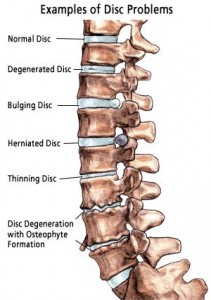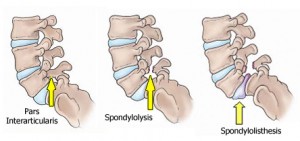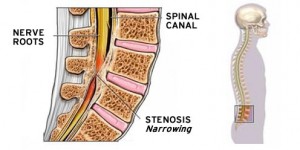The Lumbar Curve of the Spine

The lumbar curve is a uniquely human feature.
If you think of dogs, cats, horses, or any four-legged animal they don’t have a curve in the lumbar (lower) spine.
When we came up to stand on two legs the lumbar curve was born and this curve allows us to stand upright.
The bones of the lumbar are the largest in the spine because of their role in bearing weight. To facilitate this function there is very little twist available in the lower spine especially compared with its ability to flex and extend.
The lumbar curve was created by the psoas major when we came up to stand.
As the psoas crossed the rim of the ischium and the pelvis rotated to bring the spine to vertical, the tone in the psoas pulled the lumbar vertebrae forward and the curve was created.
ischium and the pelvis rotated to bring the spine to vertical, the tone in the psoas pulled the lumbar vertebrae forward and the curve was created.
There are four curves in the spine, two go in and two round out.
The lumbar curve and the cervical curve (the neck) both go in and they are meant to be exactly the same in terms of degree.
Issues with a tucked pelvis and forward head posture, both very common forms of misalignment, can easily throw this relationship into disarray.
Without the lumbar curve, the spine would not be able to bear and transfer the weight of the rest of the vertebral column and upper body.
The human head is ridiculously heavy, weighing somewhere between eight and ten pounds, and balancing atop the spine is no easy feat.
Throwing in the weight of the shoulder girdle and arms, floating on top of the ribcage and the lumbar curve have a profoundly difficult task.
When we came up to stand the psoas pulled the lumbar forward and down creating the environment for reciprocal inhibition to engage the erector spinae of the spine into extension.
This is one of the major factors holding the spine upright above the pelvis. But the pelvis needs to be properly aligned for this to happen.
When it comes to lower back issues the list of possible problems within the lumbar curve of the spine is fairly extensive.
The pictures above illustrate a number of them.
Some of these problems occur in the discs between the vertebrae (as illustrated in the picture on the left) such as herniation, degeneration, thinning, and more.
Issues with the vertebrae themselves include stenosis which is a narrowing of the spinal canal and spondylosis, spondylolysis, and spondylolisthesis.
The problems listed above can occur for many different reasons including genetics, blunt force trauma as a result of car accidents, or similar injuries.
But, from the standpoint of teaching people to walk many of the problems that bedevil our bodies are movement and posture based.
If we don’t create a good environment for the lumbar curve of the spine to align and function as designed there is so much room for error.
***



